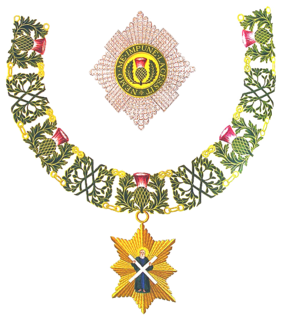 W
WThe 43 Commando Fleet Protection Group Royal Marines, formerly Comacchio Company Royal Marines (1980–1983), Comacchio Group Royal Marines (1983–2001) and Fleet Protection Group Royal Marines (2001–2012), is a 550-man unit of the Royal Marines responsible for guarding the United Kingdom's Naval nuclear weapons. The unit, based at HM Naval Base Clyde, is part of 3 Commando Brigade.
 W
WBarnton Quarry is a disused stone quarry in Corstorphine Hill, Clermiston, Edinburgh, Scotland. The site was later used as a military command centre, and is now being converted into a museum.
 W
WHer Majesty's Naval Base, Clyde, primarily sited at Faslane on the Gare Loch, is one of three operating bases in the United Kingdom for the Royal Navy. It is the navy's headquarters in Scotland and is best known as the home of Britain's nuclear weapons, in the form of nuclear submarines armed with Trident missiles.
 W
WRoyal Naval Armaments Depot Coulport, shortened to RNAD Coulport, on Loch Long in Argyll, Scotland, is the storage and loading facility for the nuclear warheads of the United Kingdom's Trident programme.
 W
WHMS Forest Moor was a Royal Navy land base located in Nidderdale in the borough of Harrogate, North Yorkshire, England.
 W
WHANDEL was the code-name for the UK's national attack warning system in the Cold War. It consisted of a small console with two microphones, lights and gauges. The reason behind this was to provide a back-up if anything failed.
 W
WThe letters of last resort are four identically-worded handwritten letters from the Prime Minister of the United Kingdom to the commanding officers of the four British ballistic missile submarines. They contain orders on what action to take in the event that an enemy nuclear strike has destroyed the British government, and has killed or otherwise incapacitated both the prime minister and their designated "second person", typically a high-ranking member of the Cabinet, such as the Deputy Prime Minister or the First Secretary of State, to whom the prime minister has designated the responsibility of choosing how to act, in the event that they die in office. In the event that the orders are carried out, the action taken could be the last official act of the Government of the United Kingdom.
 W
WNorthwood Headquarters is a military headquarters facility of the British Armed Forces in Eastbury, Hertfordshire, England, adjacent to the London suburb of Northwood. It is home to the following military command and control functions:Headquarters, Strategic Command, formerly Joint Forces Command the Permanent Joint Headquarters the Commander Operations for the Royal Navy the NATO Allied Maritime Command
 W
WThe prime minister of the United Kingdom is the head of government in the United Kingdom. The prime minister chairs the Cabinet and selects its ministers, and advises the sovereign on the exercise of much of the royal prerogative. As modern prime ministers hold office by virtue of their ability to command the confidence of the House of Commons, they typically sit as a member of Parliament and lead the largest party or a coalition in the House of Commons.
 W
WROTOR was an elaborate air defence radar system built by the British Government in the early 1950s to counter possible attack by Soviet bombers. In order to get it operational as quickly as possible, it was initially made up primarily of WWII-era systems, notably the original Chain Home radars for the early warning role, and the AMES Type 7 for plotting and interception control. The system had a network of control stations, mostly built underground, and connected with an extensive telephone and telex network.
 W
WThe royal prerogative is a body of customary authority, privilege, and immunity attached to the British monarch, recognised in the United Kingdom. The monarch is regarded internally as the absolute authority, or "sole prerogative", and the source of many of the executive powers of the British government.
 W
WSquare Leg was a 1980 British government home defence Command Post and field exercise, which tested the Transition to War and Home Defence roles of the Ministry of Defence and British government. Part of the exercise involved a mock nuclear attack on Britain. It was assumed that 131 nuclear weapons would fall on Britain with a total yield of 205 megatons with yields of 500 KT to 3 MT That was felt to be a reasonably realistic scenario, but the report stated that a total strike in excess of 1,000 megatons would be likely.